A few weeks into worldwide lockdown the Facebook group #birdthefeckathome started a great thread that attempted to compile a complete photo collection of the world’s 217 wader species. The rules were one post per day per person. I contributed two pictures, both crackers from a cheeky conference stopover en route from Adelaide to Oxford. But it got me thinking that I have seen quite a few waders around the world, including good numbers of iconic species. I worked out I have, in fact, seen well over half (135), and photographed most. I’ve also seen so more than half of the (5) monotypic shorebird families.
So I decided to collate my photos and blog about them. With 136, this might go on a bit. I hope you enjoy, but TBH don’t care if you don’t because I’m mainly writing for self-indulgent reasons; hard-drive surfing and reminscing have been, for short while anyway, an enjoyable alternative to actually birding. Here’s the first installment, in taxonomic, not chronological order, species 001-020.
001 Eurasian Stone-curlew Burhinus oedicnemus
It’s fitting that Eurasian Stone Curlew is the first bird on my list. It’s not the first wader I ever saw, but in 1997 I took a long weekend birding trip to East Anglia with Steve and Penny. That trip, inspired by Birding with Bill Oddie’s first series (maybe even his first ever program in the series) was really when I started birding proper. We bombed around various sites that will be well-known to most British birders following Lee Evans self-published (and somewhat controversial) guide. I ticked off super-rare breeding birds like Montagu’s Harrier and Golden Oriole within hours of also seeing my first Sheduck and Cuckoo! Maybe I’ll resurrect my ancient report and turn it into a blog post one day. Weeting Heath in Suffolk was one such site we visited and duly delivered Woodlark and Stone Curlew.
Weeting remains the only place I have seen them in the UK, but I have seen a few in Extremadura on numerous trips to Spain in 90s and 00s. The bird pictured was digiscoped not far from Trujillo in the final hours of a trip I did with Steve in 2009. We were there reprising our first major foreign trip together, a decade earlier in May 1999, in which we cleaned up and wrote the definitive trip report for a smash-and-grab self-guided tour of the region. Both trips were brilliant — the former for the joy and discovery of foreign birding with new but somehow familiar species around every corner, while 2009 was brilliant because there was little pressure for lifers, just great birding. In both cases “the craic was good”. Those were the days!

002 Bush Stone-curlew Burhinus grallarius
I saw these plentifully in 1999 while on honeymoon in the Whitsundays (Brampton Island), and heard them while camping in Flinders Chase on Kangaroo Island (in 2019, before the January 2020 fires ripped through destroying 99% of the wilderness park), but I have never seen them in SA, nor do I have a photo. First challenge lined up from compiling this list — Bordertown, here we come!
Postscript: seen and photographed in Qld, April 2021 where they are chooks (see here), and seen in Bordertown for my SA list (text here, but no photo) in July.
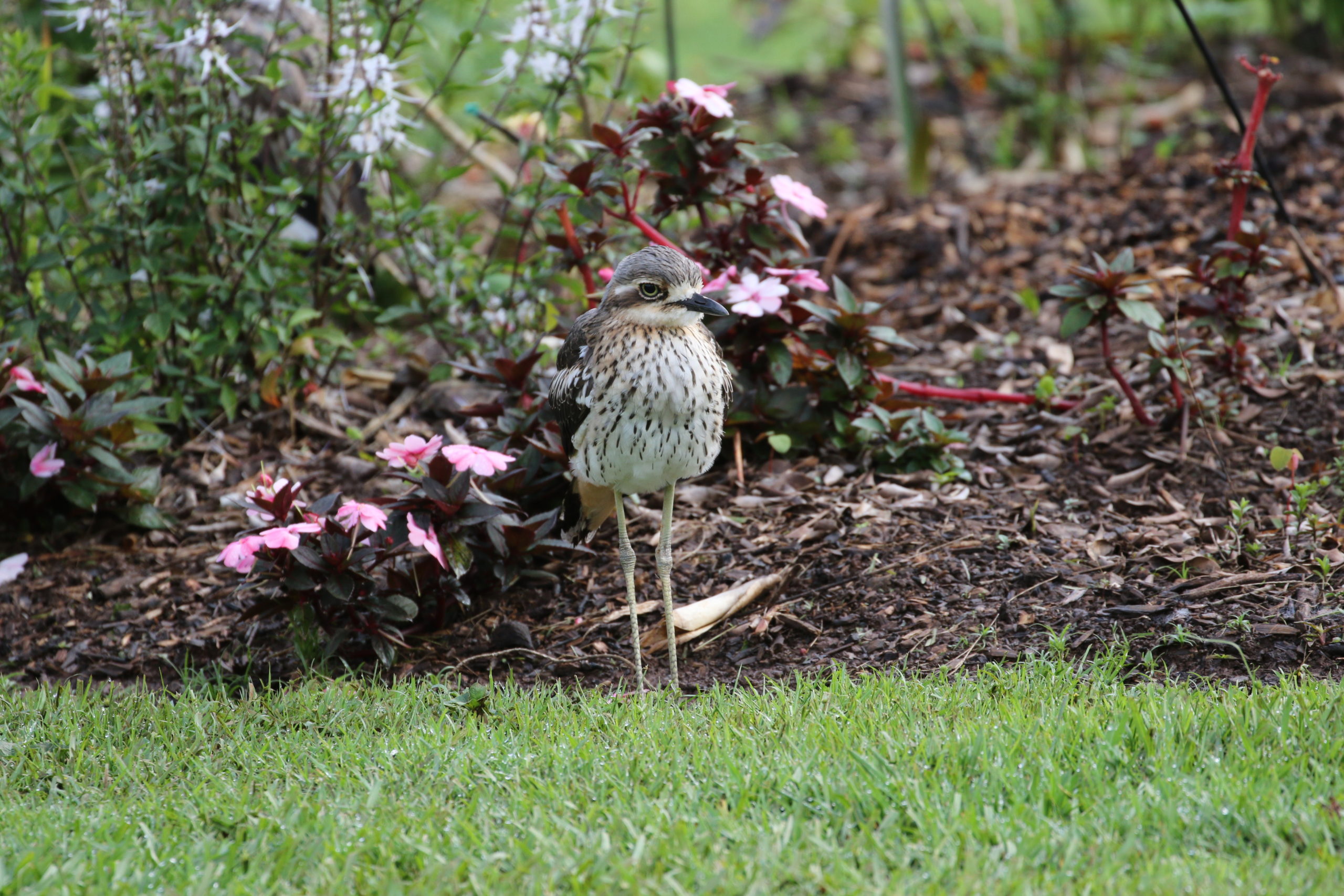
003 Beach Stone-curlew Esacus magnirostris
Ticked off in 1997 also on Brampton Island I am now not so sure of the ID. But I did twitch a vagrant in 2015 while on my way to a Port MacDonnell Peliagic. This bird had shown up well out of range, about 5 hours south of Adelaide. I got to the site with only 30mins left of daylight, but managed to find this guy, a few Kelp Gulls for my SA list, and still get to the pub in time for a great meal; Oh, and it was a decent trip out to the shelf the next day.
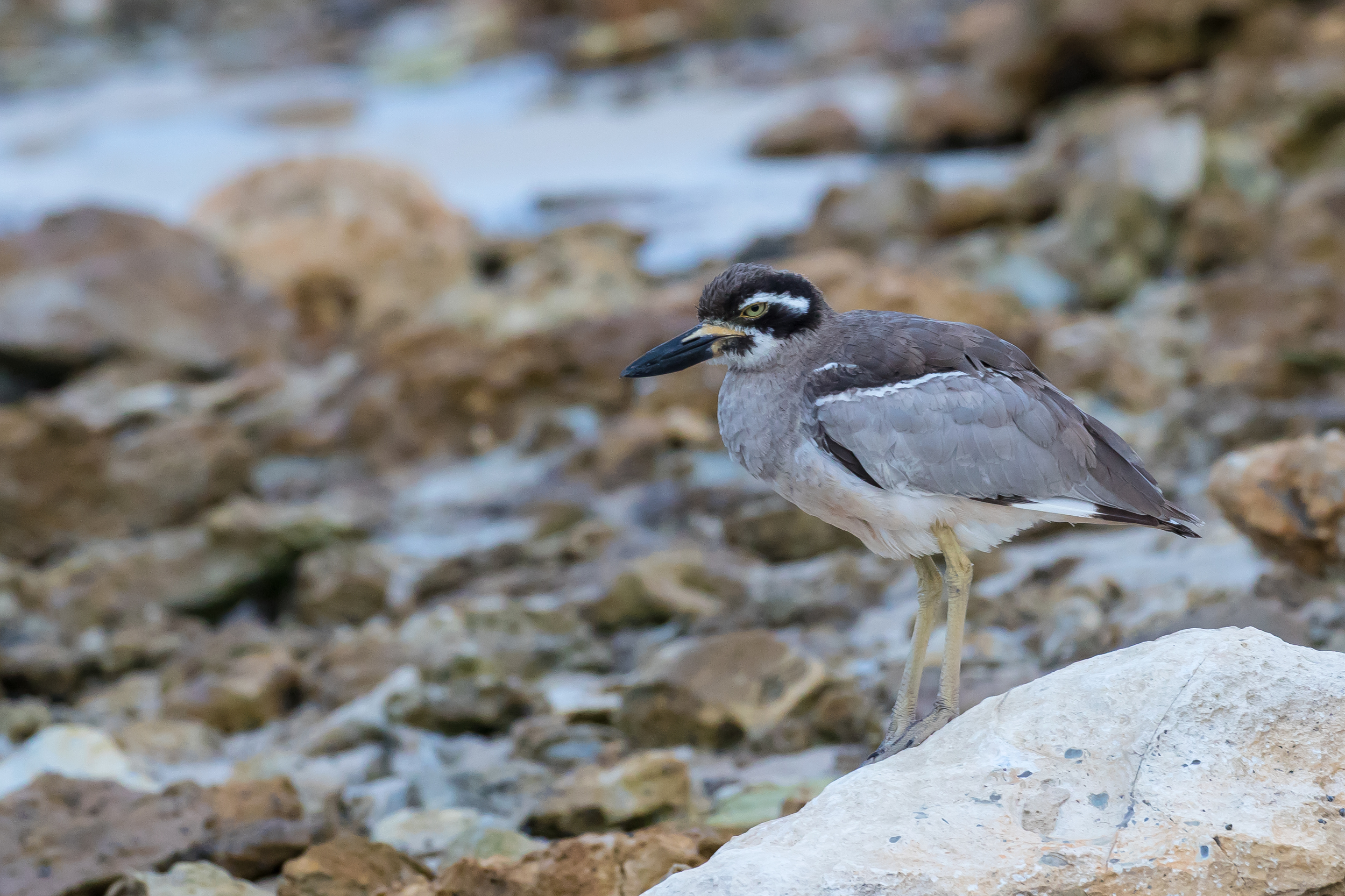
004 Blackish Oystercatcher Haematopus ater
Seen on the coast near Valparaiso in Chile (a conference trip with a cheeky day birding the coast – see Chile 2015) but for some reason I didn’t get a pic. I probably didn’t realise it is split from Black Oyc in North America.
005 Black Oystercatcher Haematopus bachmani
My life bird resulted in a terrible record shot from an epic day — a conference trip to San Francisco in 2010, in which I arrived a day early, hired a car and drove out birding. I spent the day around Big Sur in spectacular scenery, picking up some great coastal birds and with big target of California Condor (I saw several). Three years later CVPR was back near the west coast and I travelled from Adelaide all the way to Portland, Oregon. The day after the conference I again hired a car and spent the day on the coast at Cannon Beach. My top targets fell nicely: Tufted Puffin and Harlequin Duck, but I also bagged some decent digiscoped shots of Black Oyc – at any rate they’re better than my 2010 record shot!
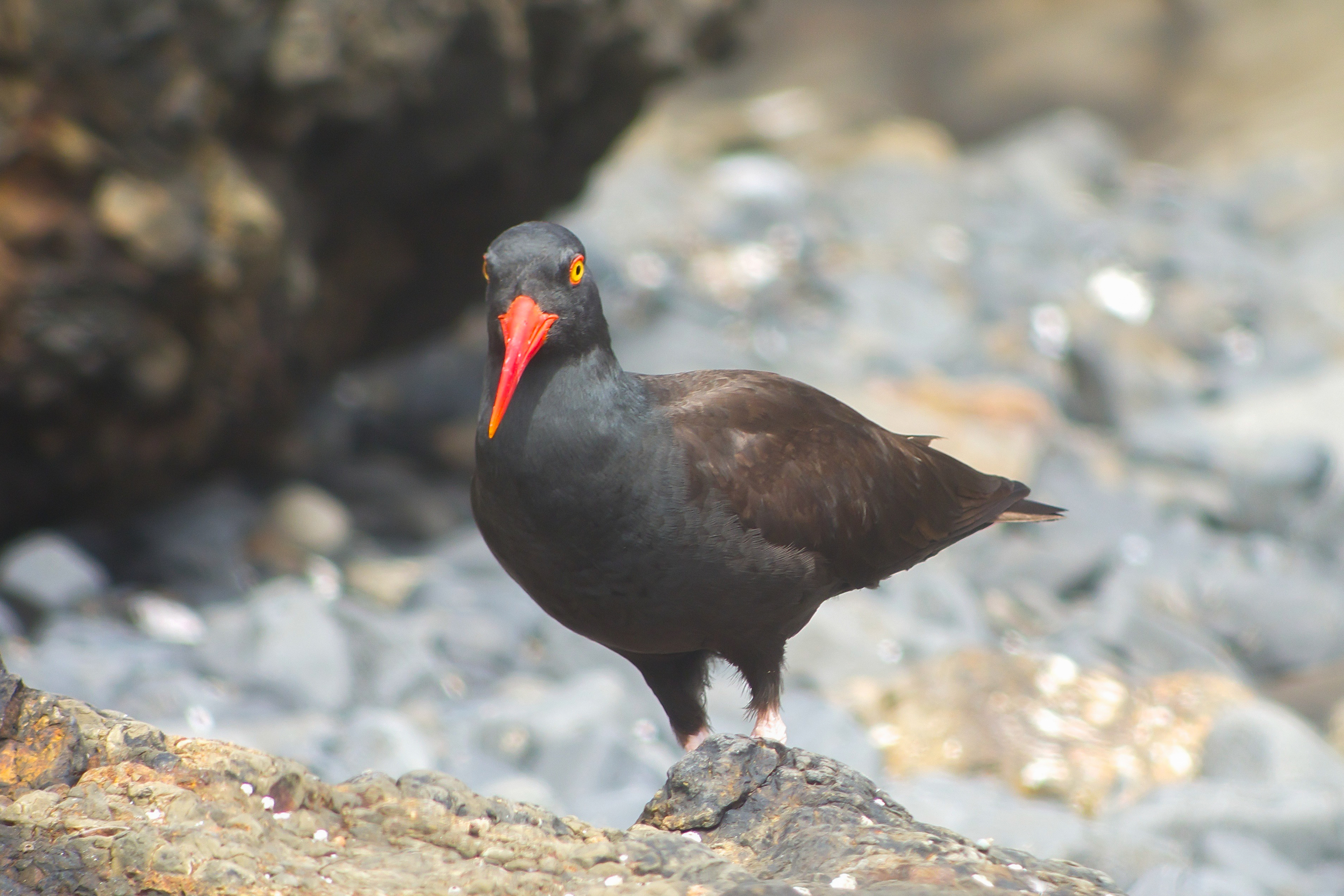
006 American Oystercatcher Haematopus palliatus
Why do I not have a picture? Goodness knows.
007 Eurasian Oystercatcher Haematopus ostralegus
An even worse omission is Eurasian Oyc. I can only think that I have seen so many they never seemed worth photographing.
008 South Island Pied Oystercatcher Haematopus finschi
Another less “important” bird on an epic day, picked up on my way to Milford Sound. This was 2010 and I flew in for a conference from Oxford to Queenstown. A normal person would use the 24 hours before the conference to recover after a 30 hour flight. But I jumped in a hire car and headed to Homer Tunnel where I found the elusive Rock Wren. I also picked up a few NZ endemics along the way including this SIPO. I scored a few other rare waders on that trip also – more of that later.

009 Pied Oystercatcher Haematopus longirostris
An Australian endemic that I have seen in lots of places. This particular individual was at Bald Hill Beach as Paul Coddington and I were returning from our “two grasswrens tour” (Short-tailed and Western) of SA of the Flinders and Eyre Peninsula in 2016.

010 Variable Oystercatcher Haematopus unicolor
I saw this species in several places on my NZ trip in 2010, though this all-black morph is virtually indistinguishable from Sooty Oystercatcher in Australia. This individual was one of a breeding pair seen on a beach at Tirtiri Matangi with Quentin Paynter.
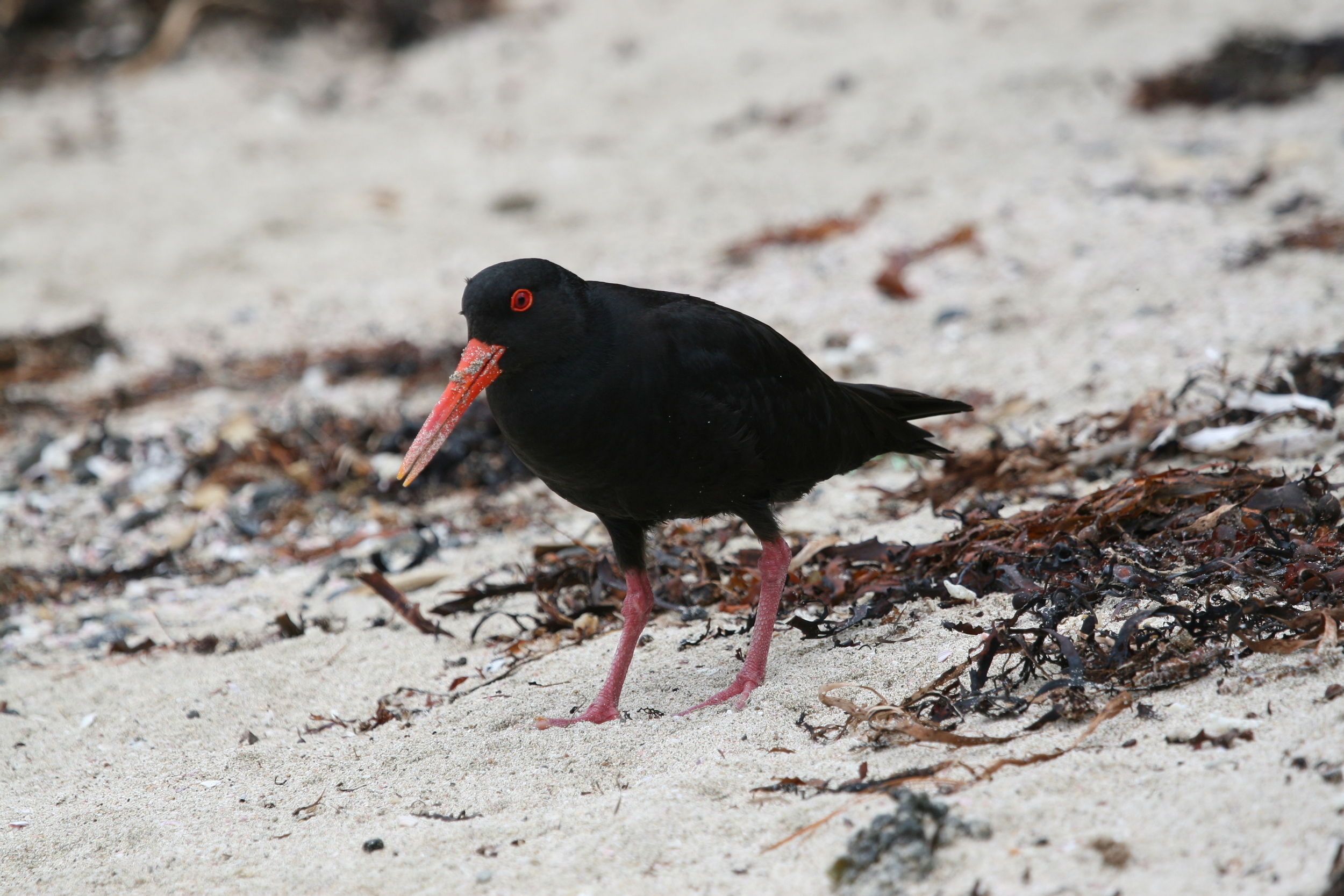
011 Sooty Oystercatcher Haematopus fuliginosus
The beach at Kioloa on NSW’s central coast is very beautiful. I visit there almost annually for the Robotic Vision Summer School (moved to Canberra this year because of the bushfires). Temperate rainforest and scrub above ANU’s “coastal campus” hold goodies like Superb Lyrebird, Southern Emu-wren and Satin Bowerbirds, while on the beach Hooded Plover breed. I was looking for the Hoodies when this Sooty Oystercatcher posed nicely in lovely late afternoon light.

012 Ibisbill Ibidorhyncha struthersii
An epic, monotypic wader. In 2009 I was invited to be an Area Chair for the Asian Conference on Computer Vision. I had to fly to Beijing for a two day meeting. As usual, and as part of my jet-lag strategy, I flew in a bit early and went birding. I hired a local, a chap called Robin who was cheap and good company and a decent birder; he met me at the airport and we went off with almost the sole purpose of connecting with Ibisbill. As you can see we saw one. In fact we had several on a stretch of the Baihe River north of Beijing and some other great birds to boot. I don’t know if they are still there, but I hope so. Seven years later, birding in Sichuan/Tibet with Tom Bedford, we dipped. We checked many regular sites, and in all, where once there was pristine fast-flowing rocky river, we encountered disturbed habitat, ruined by dredging for roads or hydro-electric plants. It seems the price of China’s economic miracle is not only the East Asian flyway and its coastal migratory waders, but the inland waders too.
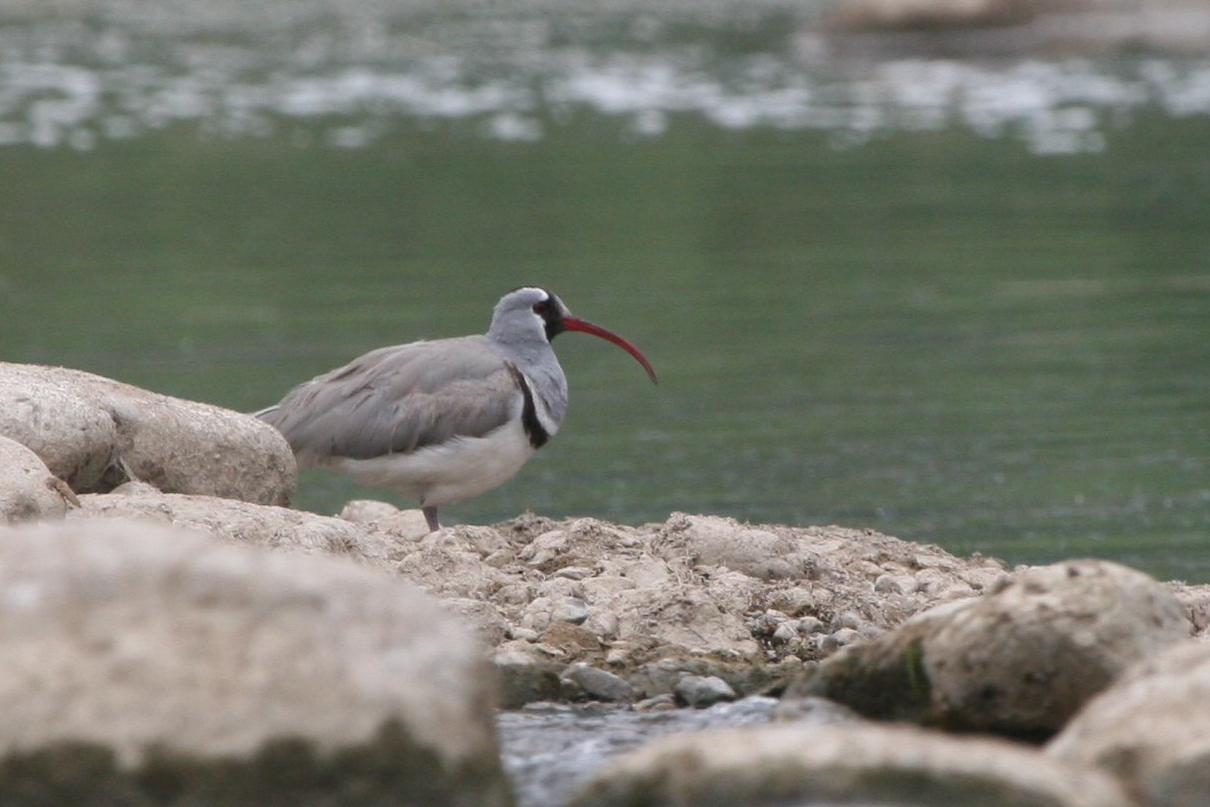
013 Black-winged Stilt Himantopus himantopus
The first of the three split species, Black-winged is the Eurasian version of this elegant, widespread and common wader. My first, and only British record was the famous Sammy, a long-time resident of Titchwell Marsh in Norfolk. I saw many in Spain over the years, where their local name is Ciguena, which cutely means “little stork”, but this image is from Dubai, on a stopover whose main target was certain monotypic wader.
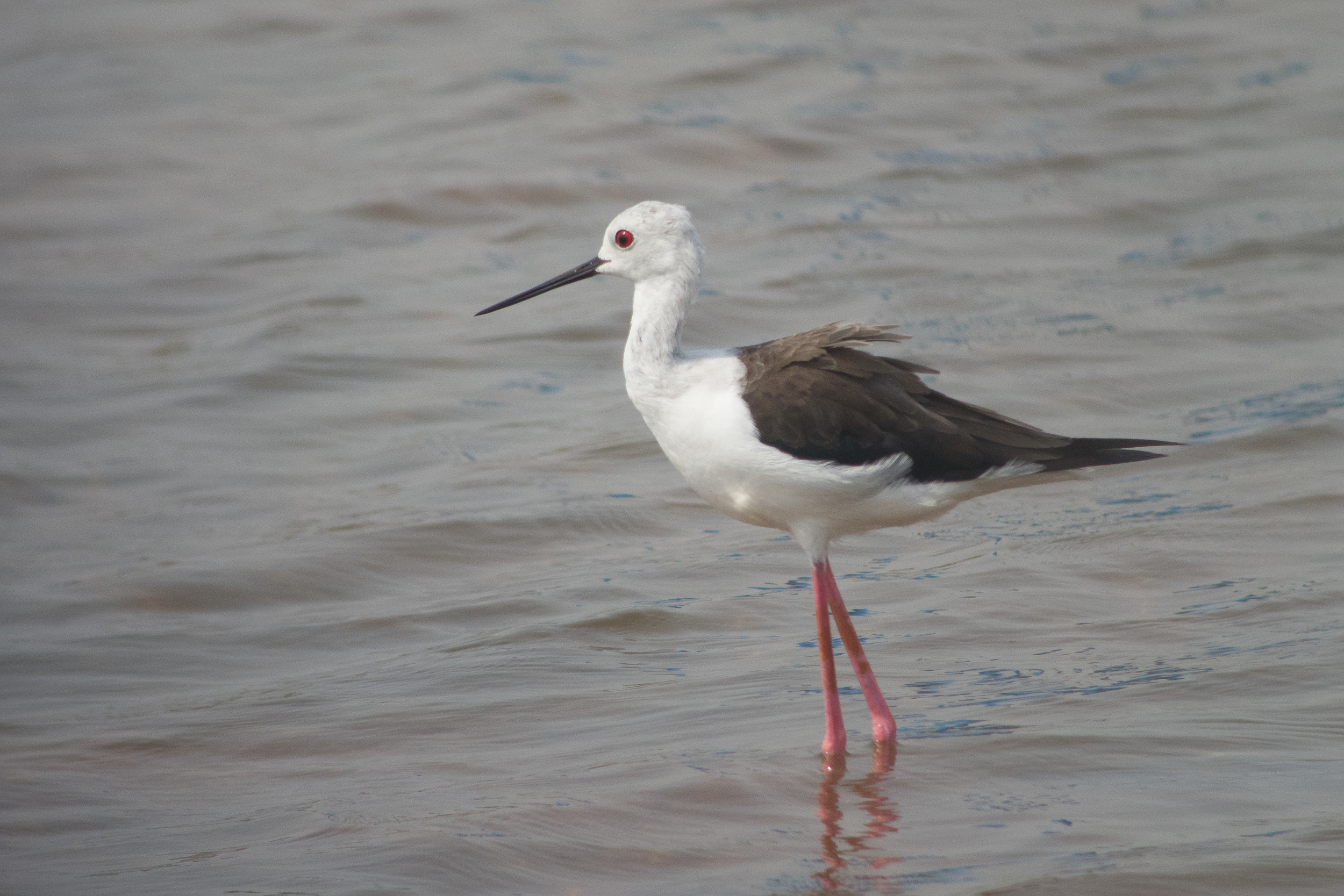
014 Pied Stilt Himantopus leucocephalus
The Australian version. First registered in 1994 when I started birding. At the time going birding was just a silly attempt to grip off Steve Young, but I fell in love with the beautiful nature spaces on the Swan River and Beeliar Wetlands around the metro-area in my native Perth, and the bush in the hills at dawn. It took me until 1997 to start birding more full-on (see 001 above!). This unspectacular record shot is from Tolderol, south of Adelaide, but they are found at pretty-much every local wetland.
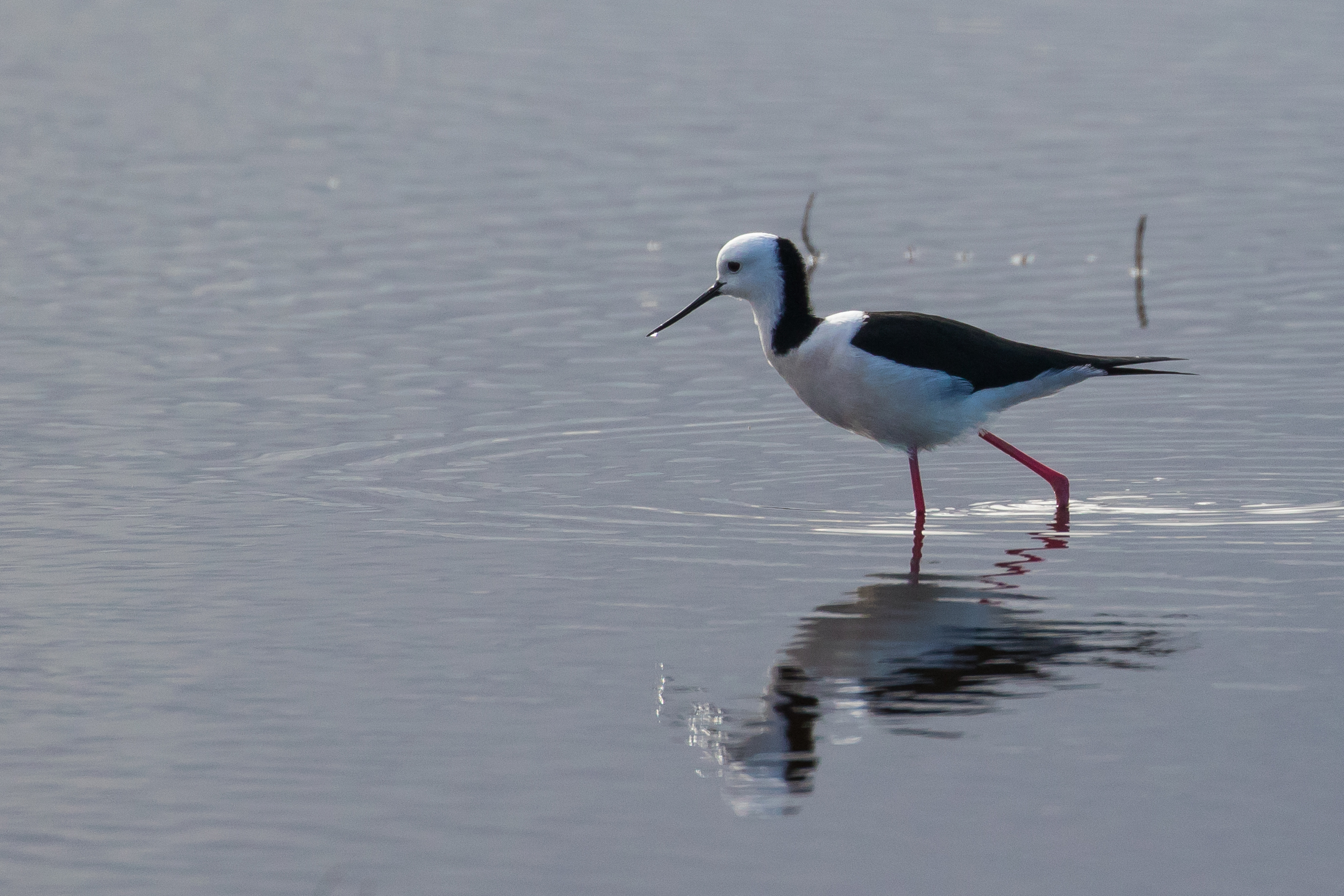
015 Black-necked Stilt Himantopus mexicanus
The North American release. I have seen these in a few places on conference trips to the US (all my US birding and entire list has been built on one or two days either side of conferences over the years). This bird I saw in the Sierra Valley, north-east of San Fran in 2010. I’d booked a trip to the Farellones Islands with a whale-watching company but that was cancelled with less than 24 hours notice due to high seas. Instead the Sacramento Audubon group were happy to let me join them at late notice for a day birding in the stunning Sierra Valley. To get there I had to rise at 2am to get to the airport to pick up a vehicle (the only place open that could provide a car at short notice), then drive 4 hours to the mountains for the meet. But it was worth it for another of my “best ever” days. The birders were friendly and the birding was great in amazing scenery, with highlights including Lewis’ Woodpecker, Sandhill Crane and Calliope Hummingbird.

016 Black Stilt Himantopus novaezelandiae
After my Queenstown conference in 2010 (see SIPO reference above) I bombed north to Mt Cook in search of one of the world’s rarest (maybe even the rarest) waders, Black Stilt. I made a few unforced errors, missing a turn to one possible site I’d been tipped off about, avoiding another because it looked like my 2wd rental would not negotiate the rough track, and then photographing one but not realising. This sounds like a completely dudeish thing to do (and it was) until you realise it’s actually a relatively easy mistake to make. One of the biggest threats to Black Stilt is interbreeding with Pied, which are introduced from Australia. In the lakes around Twizel, Pied Stilt are abundant and juvenile Black Stilts are, in fact “pied” (i.e. black and white), making them hard to tell apart from adult Pied. I only realised my mistake when reviewing photos back in Oxford. Fortunately, as the sun was setting, I drove along the western shore of Lake Pukaki in the shadow of the spectacular Mt Cook, and found a single bird feeding unobtrusively some distance from the road. This pic is a poor digiscoped record shot, marginally better than the few black pixels the bird subtends in my DSLR image. I didn’t care about the photos that day anyway. I was just such a rush to find the bird after all day looking, with very little time left. I punched the air and drove back to Queenstown (3 hours in the dark) a happy chappy. I may have treated myself to mini-bar beer and room service that night, a rare hotel extravagance.

017 Banded Stilt Cladorhynchus leucocephalus
Banded Stilt is a Rottnest specialty. I used to go to Rottnest Island (off the coast of Perth) for post-exam holidays and not realised it was an excellent birding spot – contained, small but good quality species list, not difficult birding. I have seen them there since I’ve been a birder, but ticked them off at Thompson Lake, one of the Beeliar Wetlands south of the city, in 1994. They are a bird a lot of visitors to SA want to see as well because they are beautiful and an Australian endemic. Barker Inlet at St Kilda is a regular site close to Adelaide. It has some good birds but is otherwise one of my least favourite places in Adelaide. even so, I headed out there this afternoon (10/5/20) to try to improve on some distant records shots I have from there a few years ago. I took off my shoes and waded out through the mud to try to get a bit closer in some nice late autumn afternoon light. Not the frame-fillers I had imagined, but better than before.
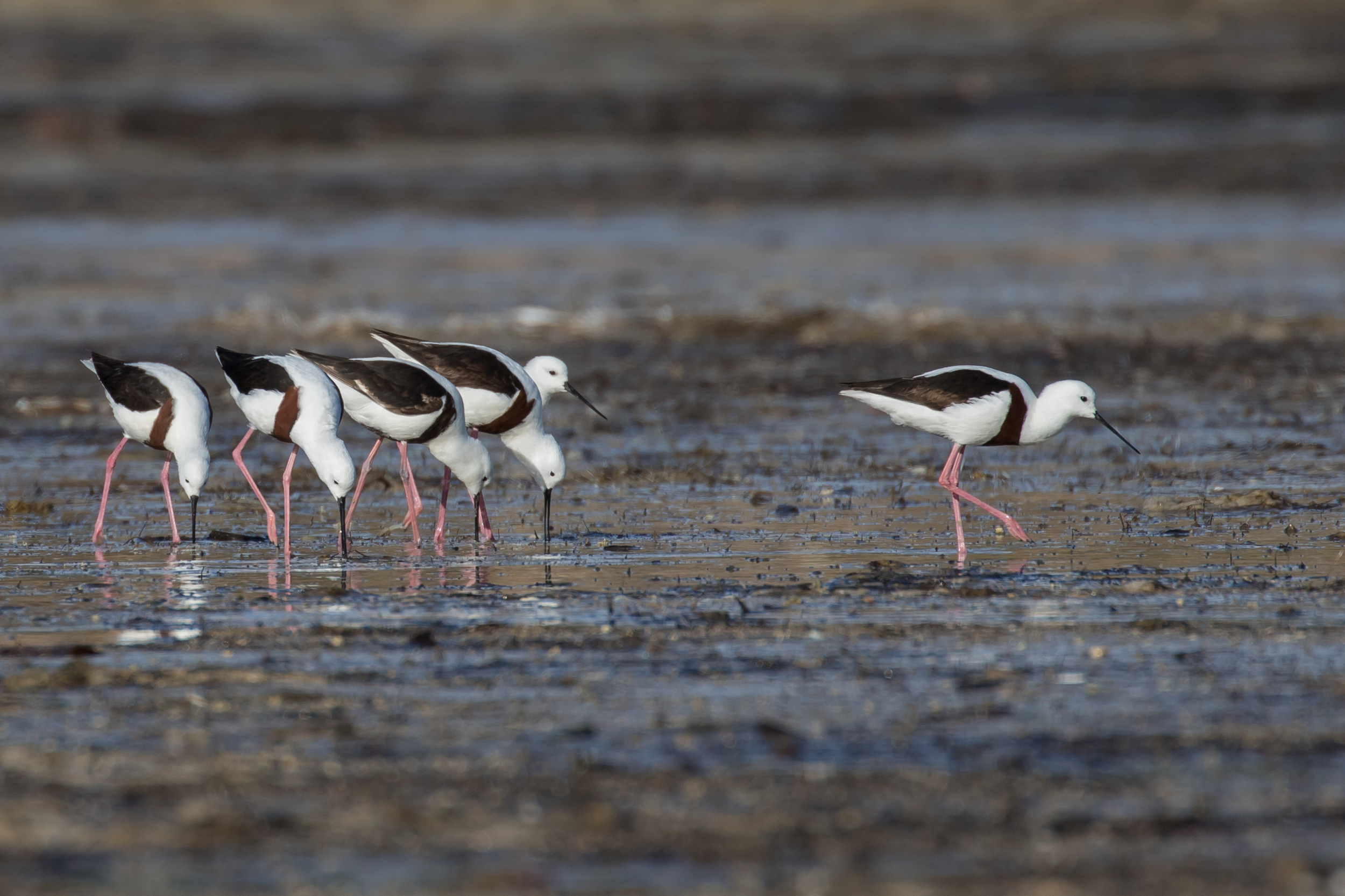
018 Pied Avocet Recurvirostra avosetta
A truly beautiful and elegant wader, Avocet is one of the stars of the East Anglian coast. I can’t recall exactly but I’m pretty sure I ticked it off on that 1997 trip mentioned earlier, the one that really kick-started my birding career. Somehow I don’t think I have ever acquired a decent photo, perhaps because I had seen lots by the time I started photography. This blurry digiscoped shot was taken at RSPB Frampton Marsh in Lincolnshire, 2010, the day I (successfully) twitched an Oriental Pratincole there.
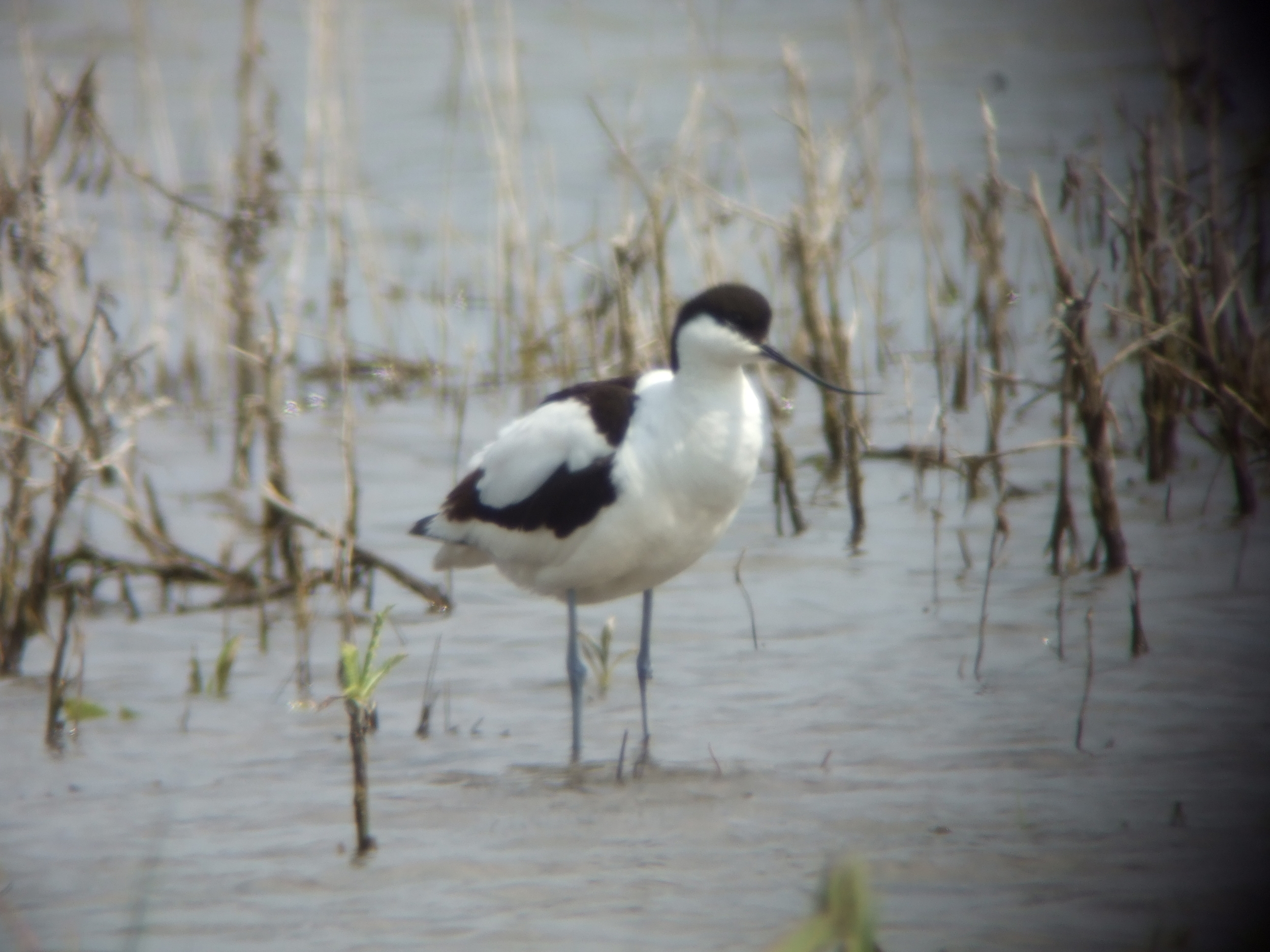
019 American Avocet Recurvirostra americana
One of the few birds I ticked off before I was a birder! In 1994 I was at a conference in San Diego and then drove up the coast on Highway One with my mate Kev Bradshaw to the soundtrack of Counting Crows’ Mr Jones. We passed a wetland somewhere – I think near Santa Barbara — and I spied these lovely red-headed waders with the naked eye and my cheap and cheerful compact porro-prisms. They are so distinctive that I still remember them. This particular image is from the Bay Area in 2015. I was visiting some colleagues at Zoox a self-driving car company (then a startup of a dozen or so engineers and designers, now valued at more than $3B :-O), and the day before wandered down to the bay in Mountain View.

020 Red-necked Avocet Recurvirostra novaehollandiae
This is the Australian endemic avocet, and one of my targets around Perth back in 1994 as a fledgling birder. They are pretty common at the Beeliar Wetlands in Perth and are always to be found at Tolderol south of Adelaide. This bird was pretty confiding but also showed in pics afterwards a broken upper mandible.
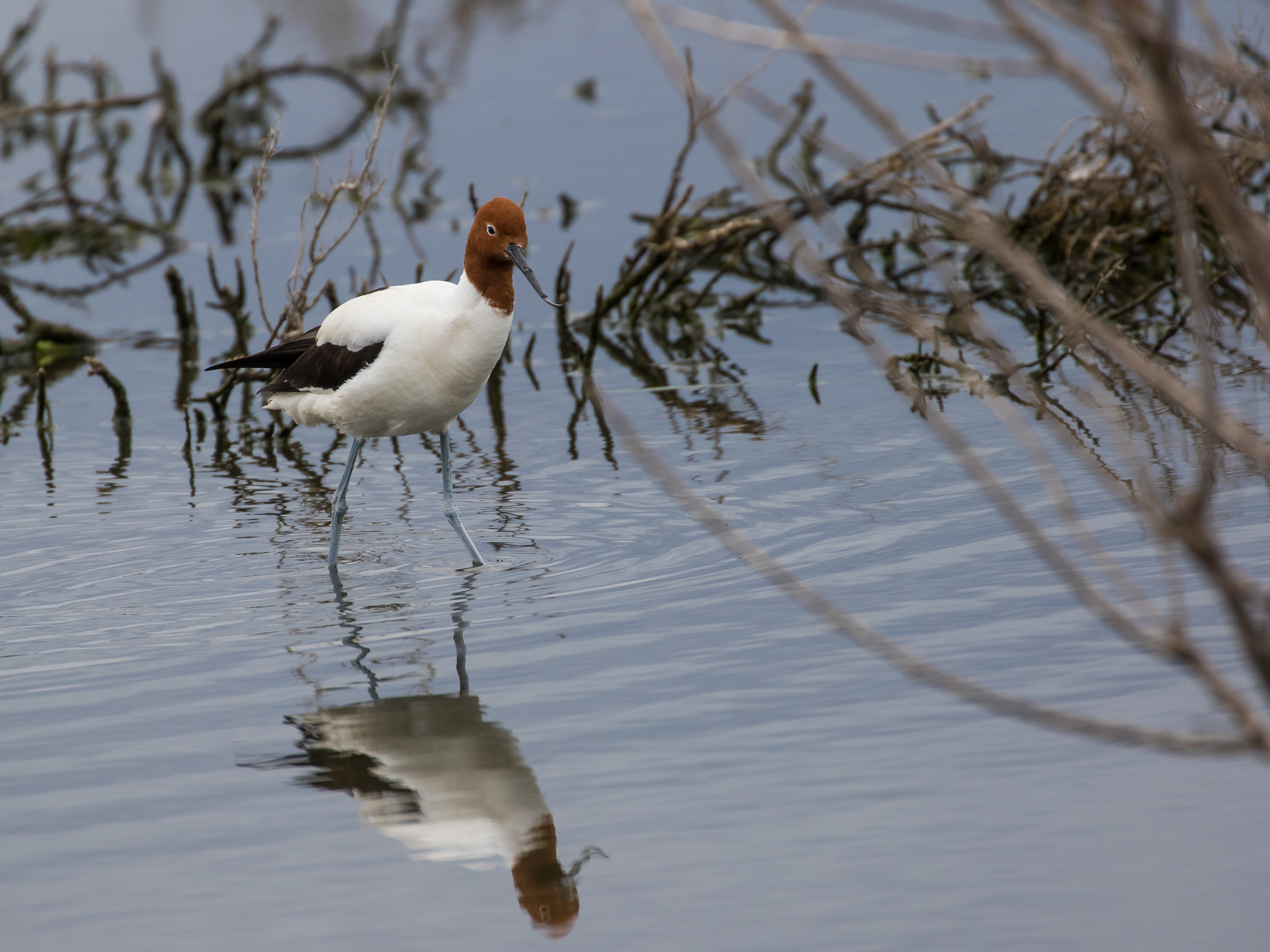
to be continued…

1 Comment
Comments are closed.